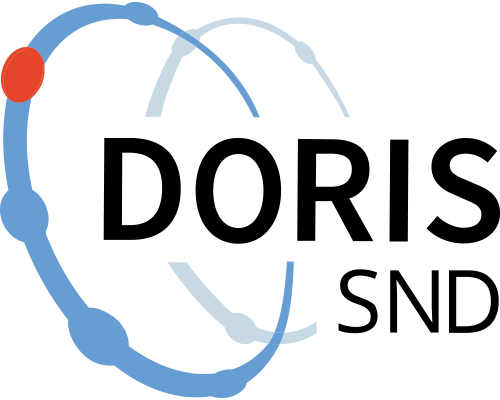Treatment with (R)-α-methylhistamine or IL4 stimulates mucin production and decreases Helicobacter pylori density in the murine stomach
https://doi.org/10.5878/hg1a-sd78
The histology data show the sum scores for each group used to calculate the results in percentages normalized to non-infected vehicle-treated or H. pylori-infected vehicle-treated mice allowing for pooling results from different experiments into the same graph.
The antibody levels determined by ELISA are presented in absorbance 450nm.
The cell growth/viability was measured as the reducing potential of viable cell data presented in luminescence.
The expression of virulence factor assessed by RT-PCR is expressed in fold-change.
Data files
Data files
Documentation files
Documentation files
Citation and access
Citation and access
Data access level:
Creator/Principal investigator(s):
- Macarena P. Quintana-Hayashi - University of Gothenburg
Research principal:
Data contains personal data:
No
Citation:
Language:
Method and outcome
Method and outcome
Data collections - 4 collections
Data collections - 4 collections
Administrative information
Administrative information
Topic and keywords
Topic and keywords
Publications
Publications
Metadata
Metadata
Version 1
